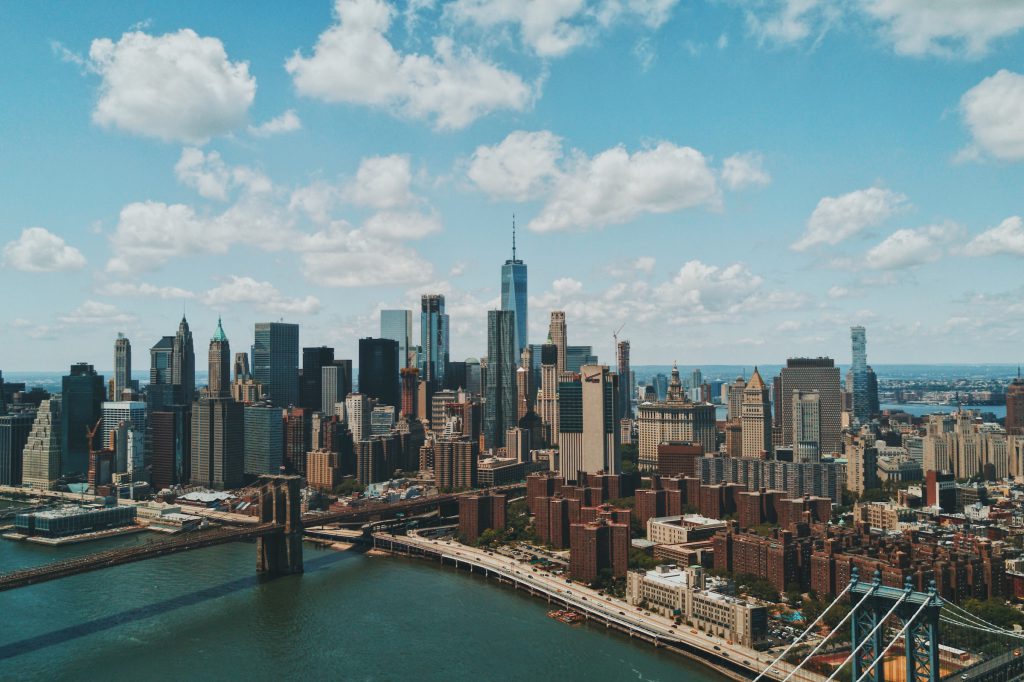New York City, the iconic metropolis known for its towering skyscrapers and ceaseless energy, is at a crossroads. The city that never sleeps is grappling with an unprecedented reality: a rising number of vacant homes and the urgent need to reinvent itself. With the clock ticking, change and adaptation are the orders of the day.

The ghosts in the skyscrapers
Once bustling with life and activity, New York’s skyscrapers have now become deserted giants of glass and steel. The towering residential buildings, sleek offices, and upscale restaurants are eerily empty, a stark reminder of the vibrant city they once represented. This emptiness is not just a visual spectacle; it’s a symptom of deeper economic and social issues that the city is currently facing.
The double-edged sword of remote work
The COVID-19 pandemic has made remote work the new norm, but this shift has had unexpected consequences on New York’s real estate market. The hustle and bustle of office life have been replaced by the tranquility of working from home, leading to a mass exodus from downtown areas to the suburbs. While this has provided a better work-life balance for many, it has also left commercial properties and even some residential areas in a state of abandonment.
The ticking time bomb of real estate
With an increasing number of vacant properties, New York is sitting on a real estate time bomb. The city is at a pivotal moment, and both authorities and economic players are actively seeking ways to reinvent the city. They are looking to transform these empty spaces into hubs of life and innovation. The question is whether this once-energetic and ambitious metropolis can reinvent itself in the face of an unprecedented challenge.
Implications and challenges
Economic Implications
The rise in vacant properties is not just a housing issue; it’s an economic problem that could have a domino effect on the city’s finances. Lower property values could lead to reduced property tax revenues, affecting the city’s ability to fund essential services like education, healthcare, and public safety.
Social Implications
The exodus from the city to the suburbs could lead to a decline in community cohesion and increase social inequality. As the middle and upper classes move out, the city could become more polarized, with a widening gap between the rich and the poor.
Environmental Implications
Vacant properties are not just an eyesore; they can also become environmental hazards. Unmaintained buildings can lead to issues like mold, pest infestations, and even structural dangers, posing risks to public health.
What can be done?
Urban Renewal
One of the most promising solutions is urban renewal. By transforming vacant properties into affordable housing, co-working spaces, or community centers, the city can breathe new life into these empty shells.
Financial Incentives
Offering tax breaks or other financial incentives to businesses and individuals could encourage them to invest in these vacant properties, thereby revitalizing the city’s real estate market.
Legislative Measures
Implementing policies that make it less attractive to keep properties vacant could also be a step in the right direction. For instance, imposing a vacancy tax could prompt property owners to either develop or sell their properties.
Conclusion
New York City is at a critical juncture. The rising number of vacant homes and the shift to remote work are reshaping its real estate landscape in ways that were unimaginable just a few years ago. While the challenges are significant, they also present an opportunity for the city to reinvent itself. Whether or not it can rise to the occasion remains to be seen, but one thing is clear: the time for action is now.

 Open Immovlan
Open Immovlan